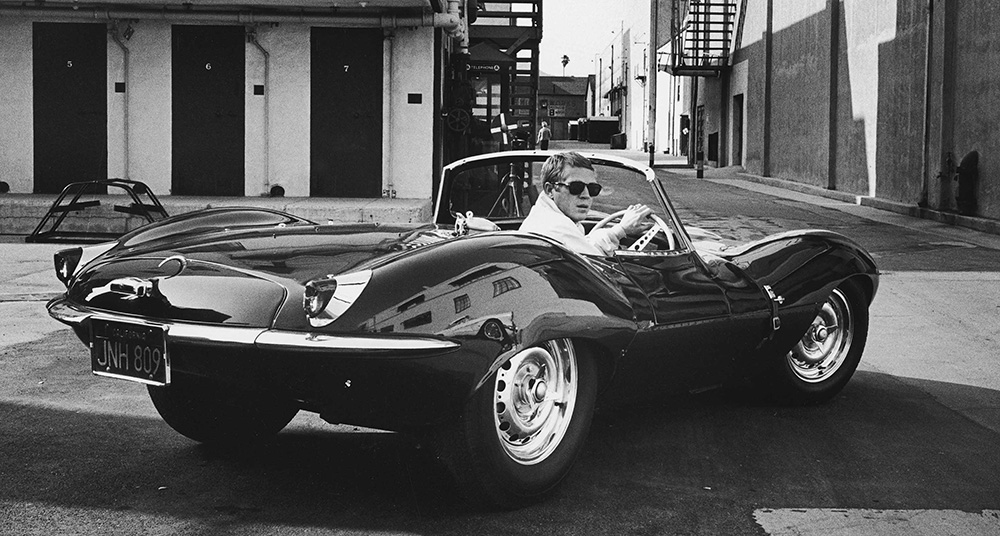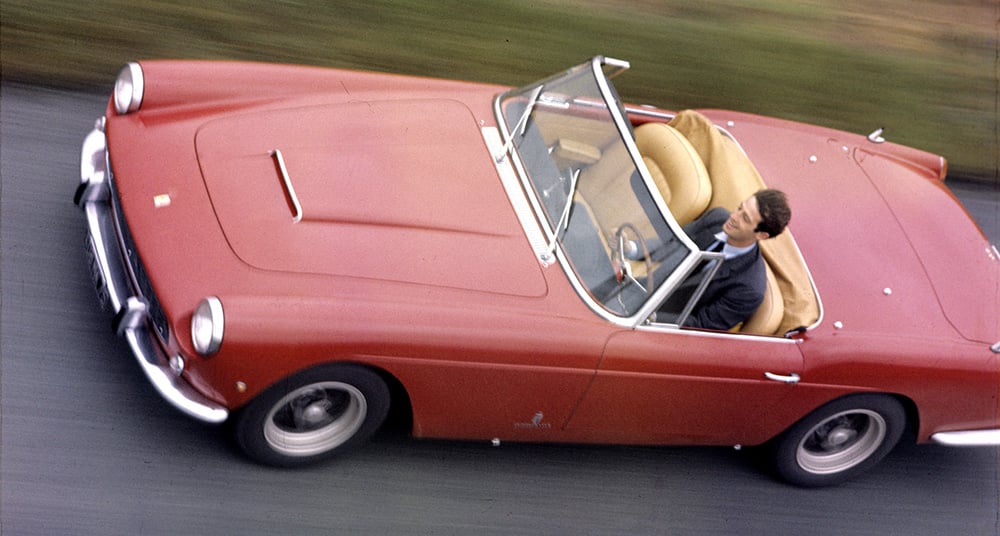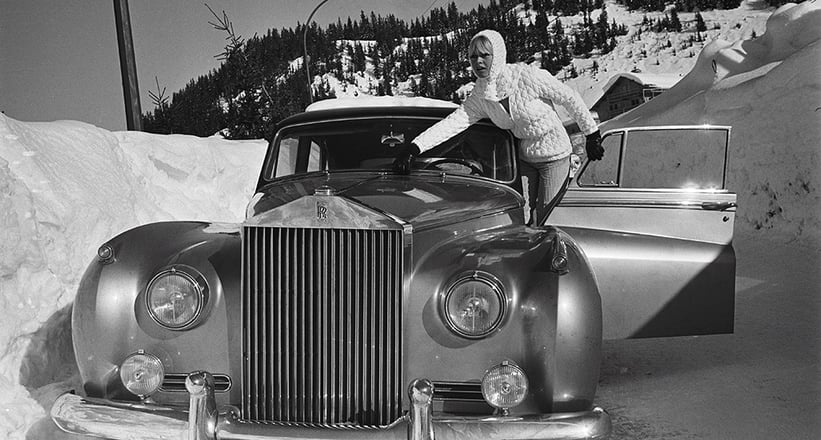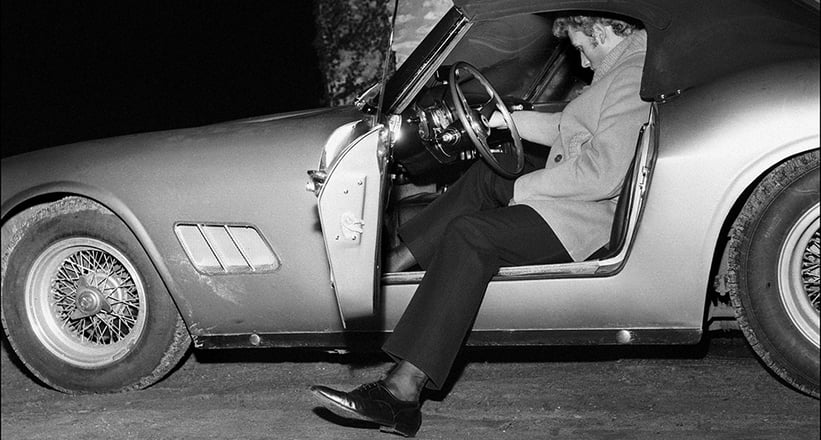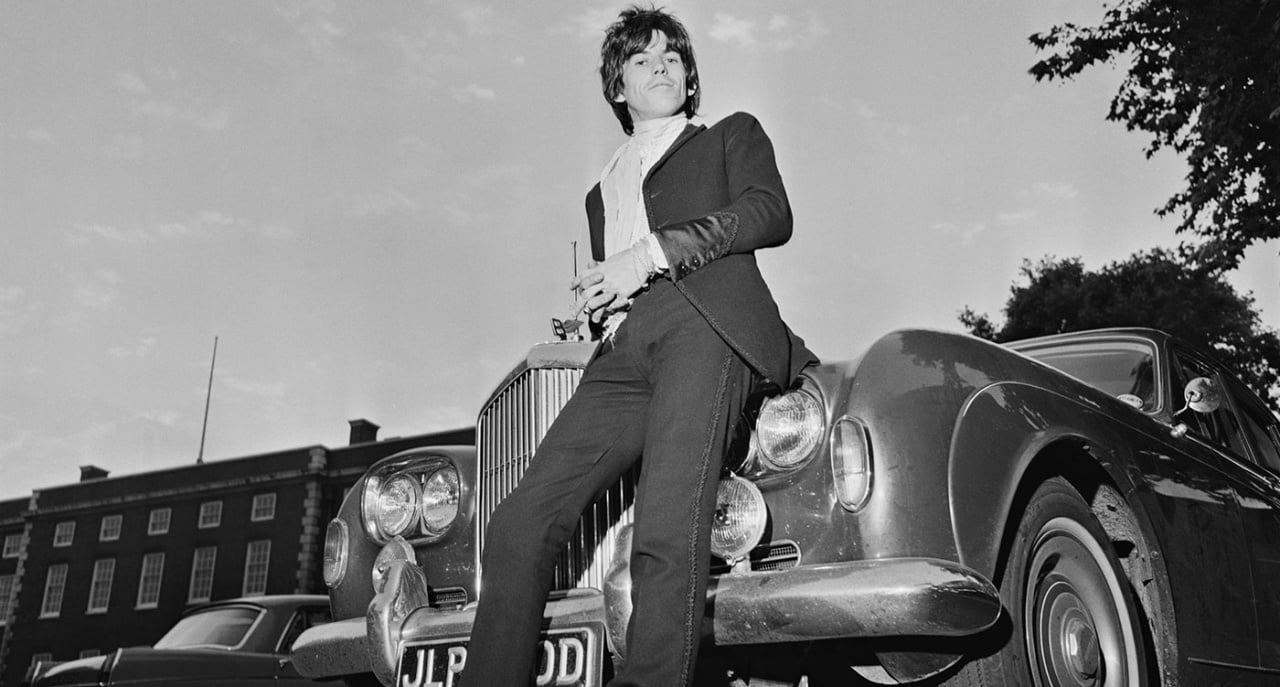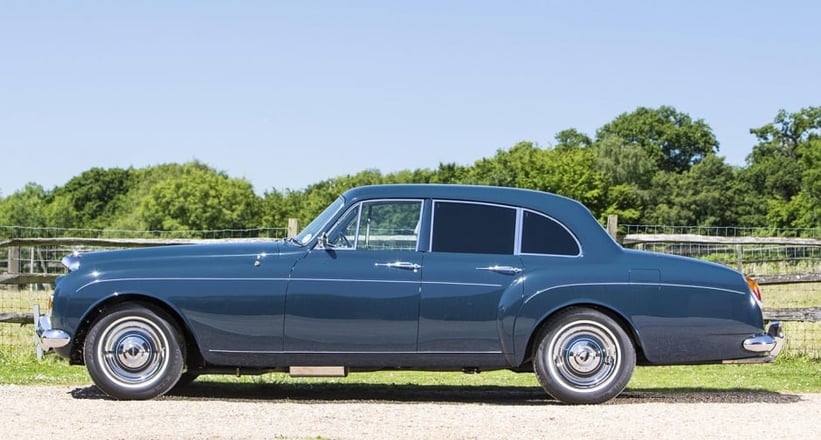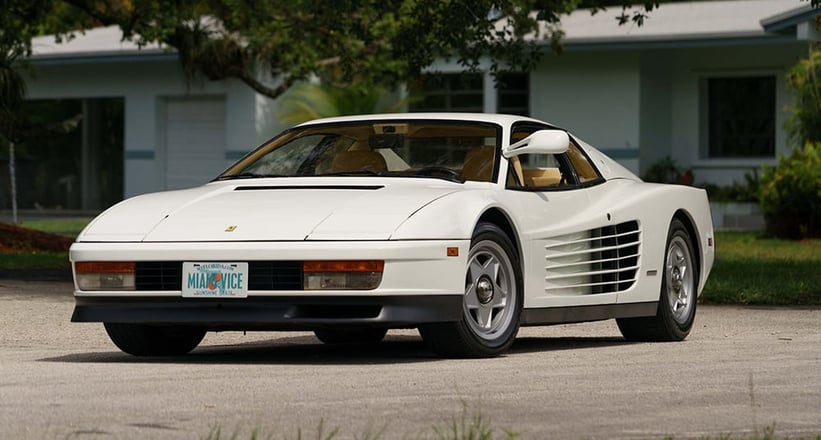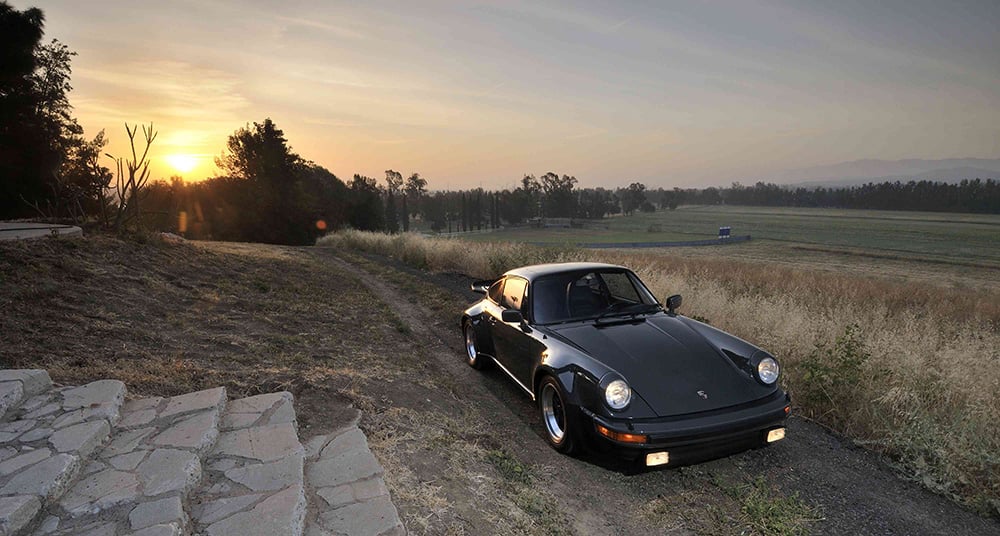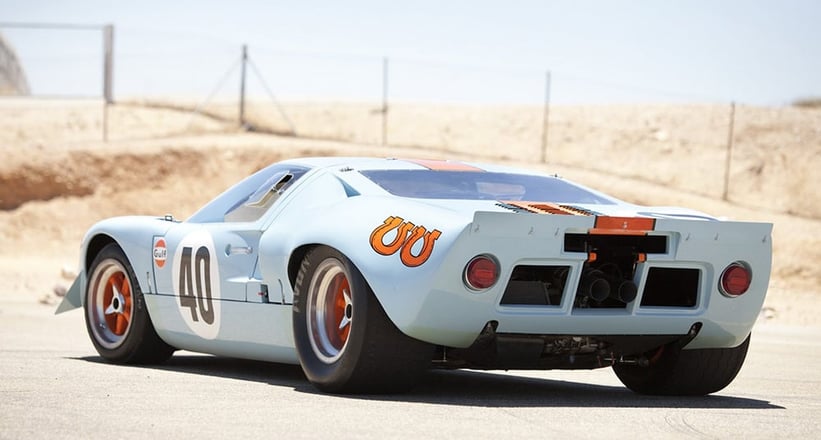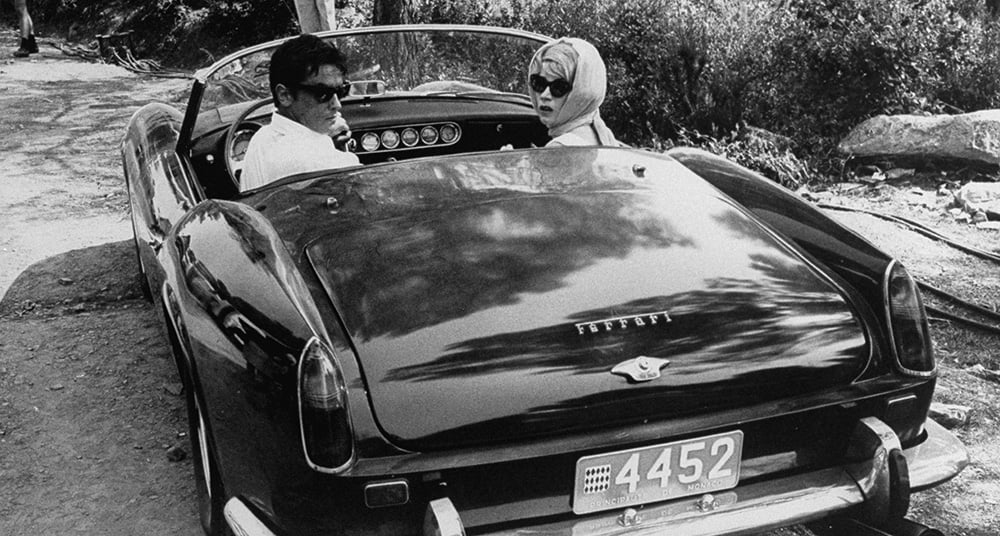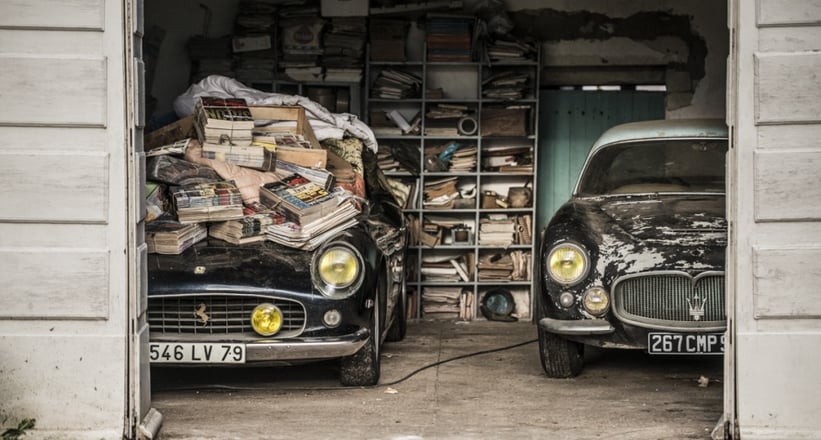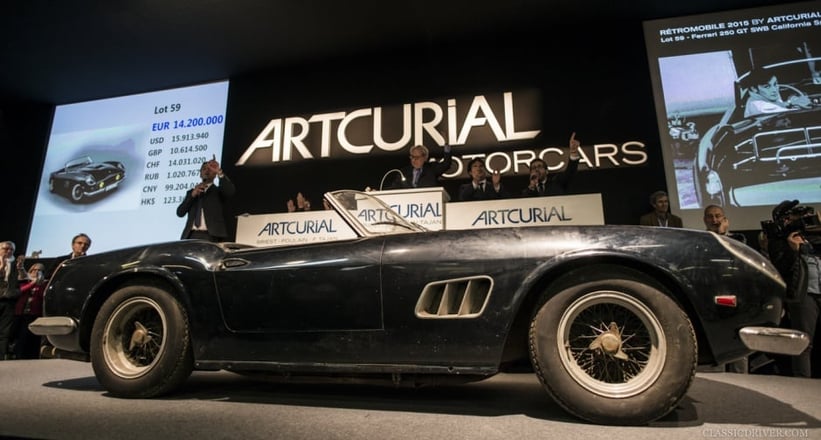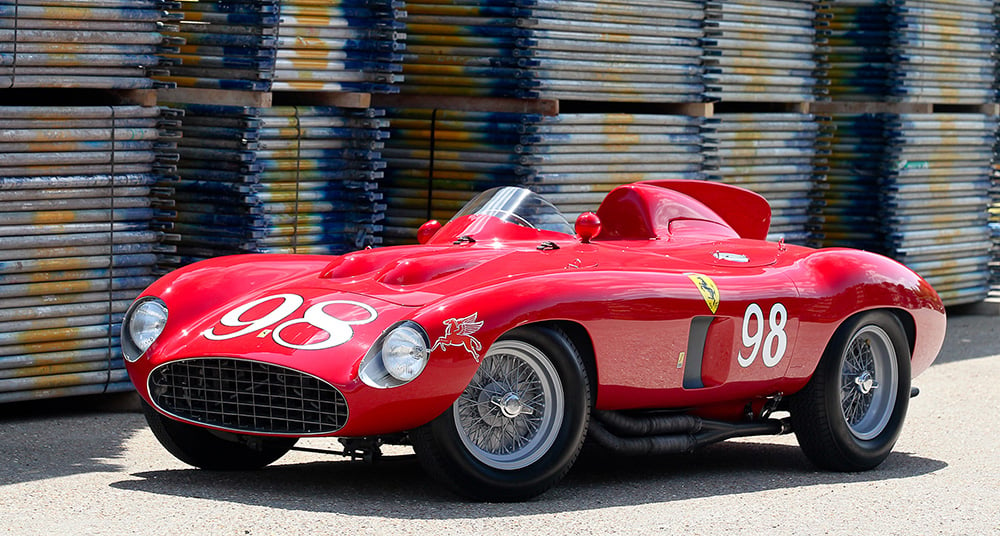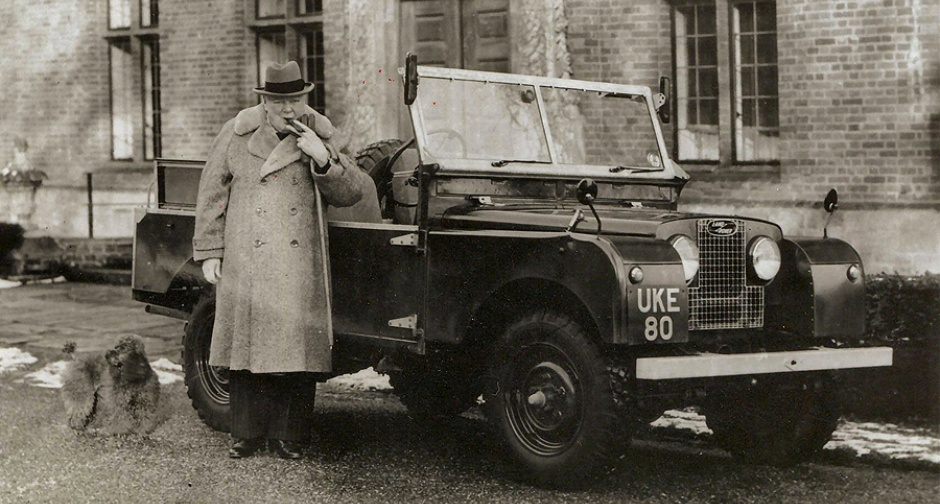Honda commémore son histoire en Grand Prix sur son site officiel suite à ce que Marc Márquez ait signé la 700e victoire de la marque.

En 2015, Honda court dans plus de 100 catégories, en comptant son engagement en MotoGP mais aussi toutes les catégories visées par ses filiales à travers le monde. Tout commença au TT de l’Île de Man. Soichiro Honda, le fondateur de Honda, pensait que remporter la compétition la plus prestigieuse à l’époque - le TT de l’Île de Man - permettrait non seulement à Honda de s’étendre dans le monde mais aussi de contribuer au développement technologique du Japon. Honda annonça sa participation pour les courses du TT de l’Île de Man en mars 1954.
Dans sa déclaration, Soichiro Honda affirmait que pour courir au niveau mondial, un moteur devait développer 100 ch par litre. Mais pour le TT de l’Île de Man de cette année-là, au mois de juin, le moteur 125cc de la compagnie allemande NSU développait 15 ch et le 250cc 35 ch, soit près de 150 ch par litre. Présent sur place pour les courses, Soichiro Honda fut choqué par de telles prouesses technologiques et réalisa à quel point il allait être difficile de remporter une épreuve de niveau international.
Honda se lança cependant à la conquête du TT de l’Île de Man en courant d’abord au niveau national, au Japon. Honda considérait ces courses comme un terrain d’étude pour les performances de la moto et commença le développement de moteurs à très haut régime, espérant obtenir un maximum de puissance et de fiabilité.
En avril 1958, se basant sur des données de course qui montraient qu’il était nécessaire d’atteindre une vitesse de 120 km/h (ou plus de 17 ch), Honda commença la conception de la RC140 avec l’objectif d’atteindre 20 ch (160 ch par litre). Au mois d’octobre, Honda réussit à produire un moteur développant plus de 120 ch par litre et donc pouvant être inscrit au TT de l’Île de Man en 1959. Honda participa à la course avec la RC142 (version 4 valves de la RC141, qui était basée sur la RC140 125cc) mais n’en tira que 17,3 ch (138,4 ch par litre), alors que les motos les plus rapides développaient 150 ch par litre. Un écart apparemment insurmontable. Honda remporta néanmoins la victoire par équipe. Les résultats dépassèrent les attentes puisque Naomi Taniguchi termina 6e, Giichi Suzuki 7e et Teisuke Tanaka 8e. Les employés de Honda étaient logiquement ravis mais la réussite de Honda dépassa largement le cadre de l’entreprise et le Ministère japonais du Commerce International et de l’Industrie fit une déclaration sans précédent pour annoncer que les motos japonaises étaient désormais du niveau mondial et qu’un brillant avenir attendait les produits d’exportation japonais.
En 1960, Honda s’engagea dans la catégorie 250cc en plus de la catégorie 125cc et de la classe World GP (qui comprenait la course du TT de l’Île de Man). Dans la première manche (TT de l’Île de Man), Honda finit 6e en 125cc et 4e en 250cc. Honda lutta vaillamment dans les 2e et 3e manches mais ne put rivaliser avec les motos les plus performantes. Dans la quatrième manche (GP d’Allemagne de l’Est), Kenjiro Tanaka finit cependant troisième en 250cc, signant le premier podium de Honda. Six ans s’étaient écoulés depuis la déclaration concernant le TT de l’Île de Man. Honda continua sur sa lancée en prenant une 2e place en 250cc lors des deux derniers Grands Prix, à Ulster et au GP des Nations, pour finir 3e constructeur en 125cc et 2e en 250cc…
Pour en savoir plus sur l’histoire de Honda en compétition, rendez-vous sur world.honda.com et retrouvez aussi toutes les motos de la marque, le palmarès ainsi que la liste complète des 700 victoires.
To celebrate 700 GP wins, Honda recaps their MotoGP™ effort from their debut at the Isle of Man TT to Marquez' latest win in Indianapolis.
In 2015, Honda races in more than 100 categories, from its MotoGP activities, to categories undertaken by its subsidiaries worldwide. This all began with the Isle of Man TT races. Honda’s founder, Soichiro Honda, believed that winning the premier motor sports event of the time - the Isle of Man TT - would not only allow Honda to venture into the world, but would contribute to Japan’s technological development. In March 1954, Honda declared his company's entry into the Isle of Man TT races.
In the declaration, Soichiro Honda stated that to perform at world level, an engine had to produce 100PS per liter. But at the Isle of Man TT race in June that year, the German NSU company's 125cc machine made 15PS and its 250cc machine made 35PS, nearly 150PS per liter. Visiting the race, Soichiro Honda was shocked by this, and realized how difficult it would be to win a world class race.
Undaunted, Honda began its journey to winning the Isle of Man TT by competing in domestic races, which were beginning to take hold in Japan. Honda viewed these races as testing grounds for bike performance, and began the development of precision ultra high-revving engines, aiming to realize high output and solid reliability.

In April 1958, based on prior race records which indicated average speeds of 120km/h (or more than 17PS) were required, Honda began designing the RC140 aiming to output 20PS (160PS per liter). In October that year, Honda succeeded in producing an engine which output more than 120PS per liter, enabling it to enter the Isle of Man TT race in 1959. Honda entered the race with the RC142 (4-valve version of the RC141, which was based on the 125cc RC140), but although its output was 17.3PS (138.4PS per liter), top class machines were outputting 150PS per liter, a seemingly insurmountable gap. Honda won the team prize. Results far exceeded expectations, however, with Naomi Taniguchi finishing 6th, Giichi Suzuki 7th, and Teisuke Tanaka 8th. Every Honda employee was understandably overjoyed, but reaction to Honda’s performance was further reaching, as Japan's Ministry of International Trade and Industry made an unprecedented statement announcing that domestic motorcycles were now world-class, and the future of Japan’s product export was bright.
In 1960, Honda forayed into 250cc racing in addition to the 125cc class, and World GP racing (which included the Isle of Man TT race). In Round 1 (Isle of Man TT), Honda finished 6th in the 125cc class, and 4th in the 250cc class. Honda fought valiantly in Rounds 2 and 3, but the world’s top class machines seemed an impossible hurdle to overcome. But, in Round 4 (East German Grand Prix), Kenjiro Tanaka finished 3rd in the 250cc class, giving Honda its first podium finish. Six years had passed from the Isle of Man TT declaration, as team members hugged and shared tears of joy. Honda maintained its momentum, taking 2nd place in the 250cc class at both the remaining Ulster and Nations grands prix, finishing the constructors' championship 3rd (125cc) and 2nd (250cc)...
In the declaration, Soichiro Honda stated that to perform at world level, an engine had to produce 100PS per liter. But at the Isle of Man TT race in June that year, the German NSU company's 125cc machine made 15PS and its 250cc machine made 35PS, nearly 150PS per liter. Visiting the race, Soichiro Honda was shocked by this, and realized how difficult it would be to win a world class race.
Undaunted, Honda began its journey to winning the Isle of Man TT by competing in domestic races, which were beginning to take hold in Japan. Honda viewed these races as testing grounds for bike performance, and began the development of precision ultra high-revving engines, aiming to realize high output and solid reliability.
In April 1958, based on prior race records which indicated average speeds of 120km/h (or more than 17PS) were required, Honda began designing the RC140 aiming to output 20PS (160PS per liter). In October that year, Honda succeeded in producing an engine which output more than 120PS per liter, enabling it to enter the Isle of Man TT race in 1959. Honda entered the race with the RC142 (4-valve version of the RC141, which was based on the 125cc RC140), but although its output was 17.3PS (138.4PS per liter), top class machines were outputting 150PS per liter, a seemingly insurmountable gap. Honda won the team prize. Results far exceeded expectations, however, with Naomi Taniguchi finishing 6th, Giichi Suzuki 7th, and Teisuke Tanaka 8th. Every Honda employee was understandably overjoyed, but reaction to Honda’s performance was further reaching, as Japan's Ministry of International Trade and Industry made an unprecedented statement announcing that domestic motorcycles were now world-class, and the future of Japan’s product export was bright.
In 1960, Honda forayed into 250cc racing in addition to the 125cc class, and World GP racing (which included the Isle of Man TT race). In Round 1 (Isle of Man TT), Honda finished 6th in the 125cc class, and 4th in the 250cc class. Honda fought valiantly in Rounds 2 and 3, but the world’s top class machines seemed an impossible hurdle to overcome. But, in Round 4 (East German Grand Prix), Kenjiro Tanaka finished 3rd in the 250cc class, giving Honda its first podium finish. Six years had passed from the Isle of Man TT declaration, as team members hugged and shared tears of joy. Honda maintained its momentum, taking 2nd place in the 250cc class at both the remaining Ulster and Nations grands prix, finishing the constructors' championship 3rd (125cc) and 2nd (250cc)...
For more on Honda's Racing History Milestones, visit world.honda.com and have a look at the Japanese manufacturer's bikes line-up across all seasons and classes, achievements and the entire list of 700 wins

